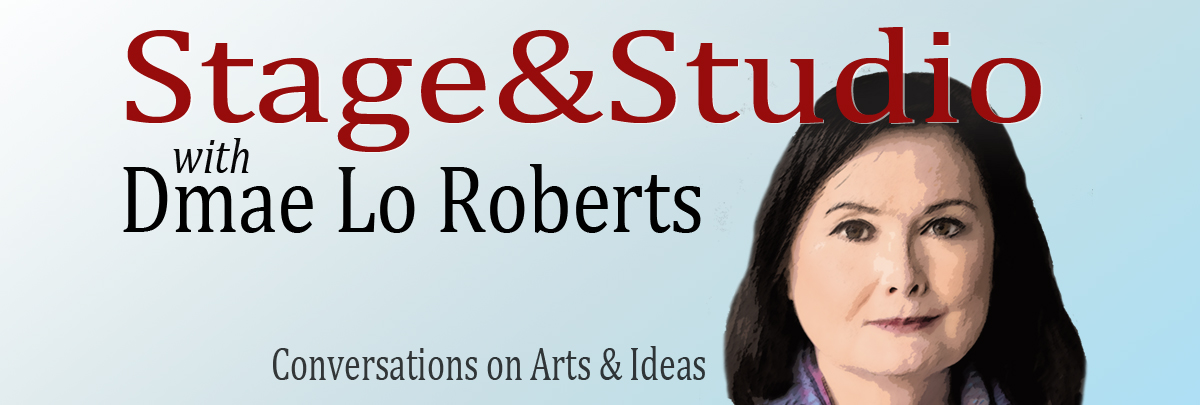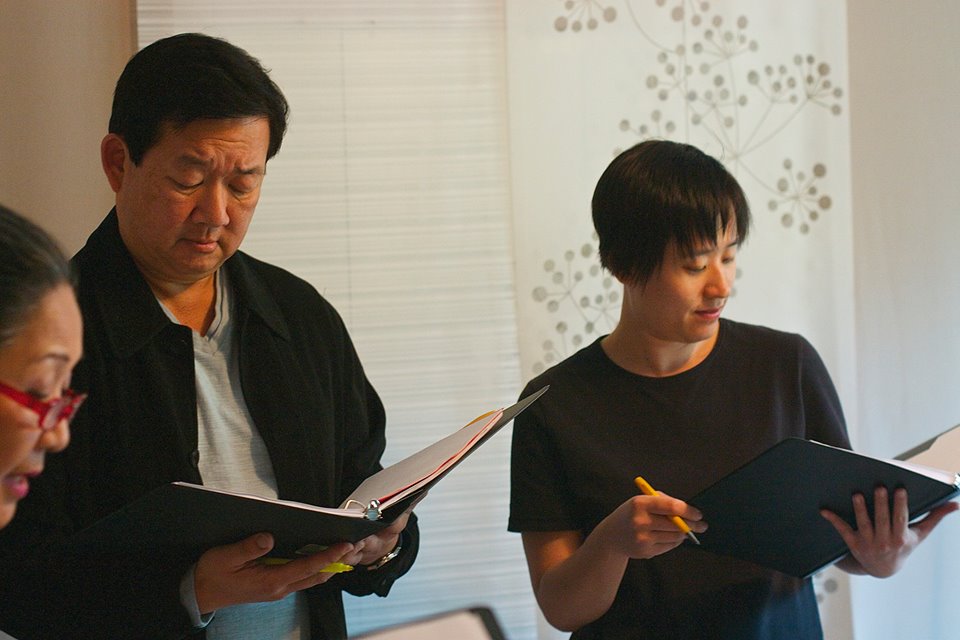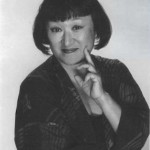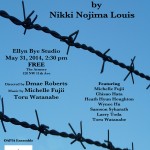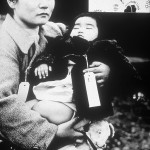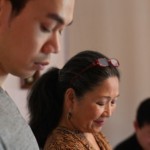Breaking The Silence
Dmae talks with playwright Nikki Nojima Louis who has been featuring her Japanese-American oral history play Breaking The Silence to different communities around the country. Actress and dancer Chisao Hata and actor Larry Toda are featured in the staged reading of Breaking the Silence on 2:30pm on May 31st in collaboration with Portland Center Stage. We’ll talk with all three and hear scenes from Louis’ play.
Podcast: Play in new window | Download
Playwright Nikki Nojima Louis will be in attendance for the staged reading and a talkback of Breaking The Silence, Saturday, May 31st at 2:30pm at Portland Center Stage’sEllyn Bye Studio.
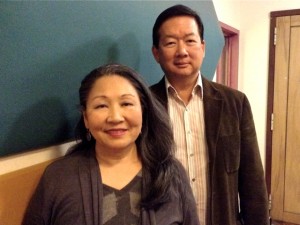
The free 70-minute reading features music and performances by Michele Fujii & Toru Watanabe of Portland Taiko and actors Chisao Hata, Heath Hyun Houghton, Wynee Hu, Samson Syharath and Larry Toda. Portland Center is located at 128 NW Eleventh Avenue, Portland, OR 97209. For more info call: 503-445-3700 or visit www.pcs.org/blog
Read a story about Louis originally printed in The Asian Reporter newspaper:Â
On December 7, 1941, Nikki Nojima Louis was celebrating her fourth birthday in Seattle when the FBI entered her family’s home and took her father away for questioning.  Two months later on Feb. 19, 1942, America decided to round up more than 110,000 Japanese-American men, women and children on the West Coast and forced them into what amounted to barbed-wire concentration camps. This was done under Executive Order 9066, signed and issued by President Franklin D. Roosevelt. Forced to leave quickly, most of the families lost their houses, land and property—sold cheaply or outright stolen from them during their incarceration.
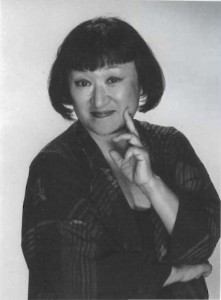
Four-year-old Nikki Nojima Louis and her mother were forced to live in the Minidoka War Relocation Center in Idaho without her father. He was sent to a prison camp in Santa Fe, New Mexico. At Minidoka, Louis was known as the “Shirley Temple of Minidoka” because she performed in the Christmas shows that toured around camp. More than 9000 hard-working American citizens were imprisoned there.
Even after FDR rescinded the order toward the close of the WWII, many families were still in resettlement facilities and temporary housing until the camps were shut down in 1946. This generation of Japanese Americans had a difficult time talking about what happened to them. Not until the 1960s civil rights era in which African Americans fought bravely for equality, did many sons and daughters of the Internees press their parents to “break the silence†that surrounded the war years.
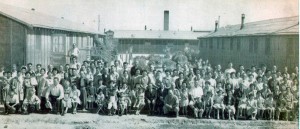
As a Sansei (third generation), Louis was part of the generation that fought for civil rights and redress for incarceration. But even though she was at Minidoka as a child, she knew little of the camp experience. The Issei (first generation), including her parents, rarely talked of their painful past.
“Our parents were silent about that time,†says Louis. She described the Issei generation believing that the “nail that sticks up gets pounded down.†In other words, “keep your mouth shut.†But the Civil Rights movement gave Sanseis the motivation to speak out.
Years later Louis attended a talk by Gordon Hirabayashi, a Seattle sociologist who challenged the constitutionality of the wartime imprisonment of Japanese Americans. He took the case all the way to the Supreme Court but lost. Later he was sent to a federal prison for refusing to join the military because of a questionnaire demanding renunciation of allegiance to the emperor of Japan. He argued no other ethnic groups were asked to do this. Louis was so moved by Hirabayashi’s story she started researching the Internment years and wrote Breaking The Silence. The play premiered in 1985 to benefit Hirabayashi’s defense fund for his civil libertiestrial and raised $10,000. Hirabayashi’s conviction was overturned in 1987.
Since then Louis has been traveling to places on both coasts from Seattle to Appalachia with what she calls a “living, breathing†play in order to get people to remember and to learn about this painful time of Asian American history. In each place the play is performed, Louis rewrites the last part of the script to reflect local history.
Last summer, Louis and actors from the Northwest including Chisao Hata took Breaking The Silence to the Hiroshima Prefectural Art Museum in Hiroshima, Japan. It was part of the 68th anniversary of the atomic bombings of Hiroshima and Nagasaki. Louis said it was moving experience to be part of the all-day commemoration with 50,000 audience members on Hiroshima day.
Louis recounts a story of a man who came up to her after the performance of Breaking The Silence. He told her that now he knows what happened to his grandfather when he went to America. Another man who was driving the performers around Hiroshima said his grandfather had gone to America for better opportunities and faced such racism he came back to Hiroshima. That driver’s mother was pregnant with him in 1945 when his father returned just months before the atomic bomb fell.
“The entire city comes to a halt,†says Louis. At night at the close of the commemoration, people lit lanterns and placed them on the water. She says the “thousands of lanterns floating†represent the bodies that were found in the water.
Even though Breaking The Silence is a detailed performance of Japanese-American history, Louis says she wants the play to be a metaphor about the discrimination and exclusion of any race. She doesn’t want it to be an “exclusive†story just about the Japanese-American experience.
At age 64, Louis entered graduate school and five years later in 2007 she received her Ph.D. in creative writing. At age 76, Louis is still travelling the play to other communities. She’s also on a new adventure—starting an Asian American Studies program at the University of New Mexico in Albuquerque. She intends to bring her play there next year for a conference on the 70th anniversary of the end of WWII. Louis wants to bring the Hiroshima peace activists who sponsored the performance of Breaking The Silence in Japan to be honored guests at this conference.
She says wherever Breaking The Silence has performed everybody understands the themes of discrimination in the play. “Towns without traffic lights understood,†she says. “It isn’t my writing. It’s the stories.â€
You can hear Stage & Studio at:.
- the KBOO website and on 90.7FM live at 11am on Tuesdays
- Saturdays 11am on KZME, 107.1FM
- Don’t want to miss a single episode? Subscribe to Stage & Studio On iTunes!
Nikki Nojima Louis Chisao Hata, Larry Toda & Wynee Hu. Michelle Fujii on koto
